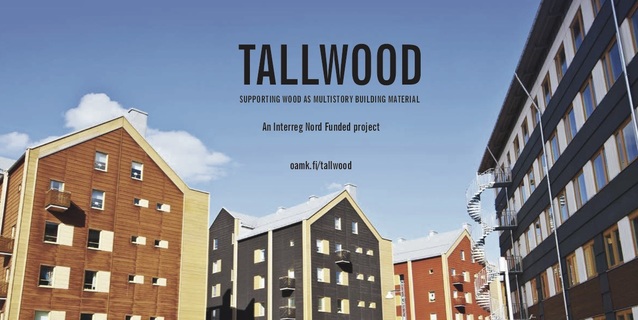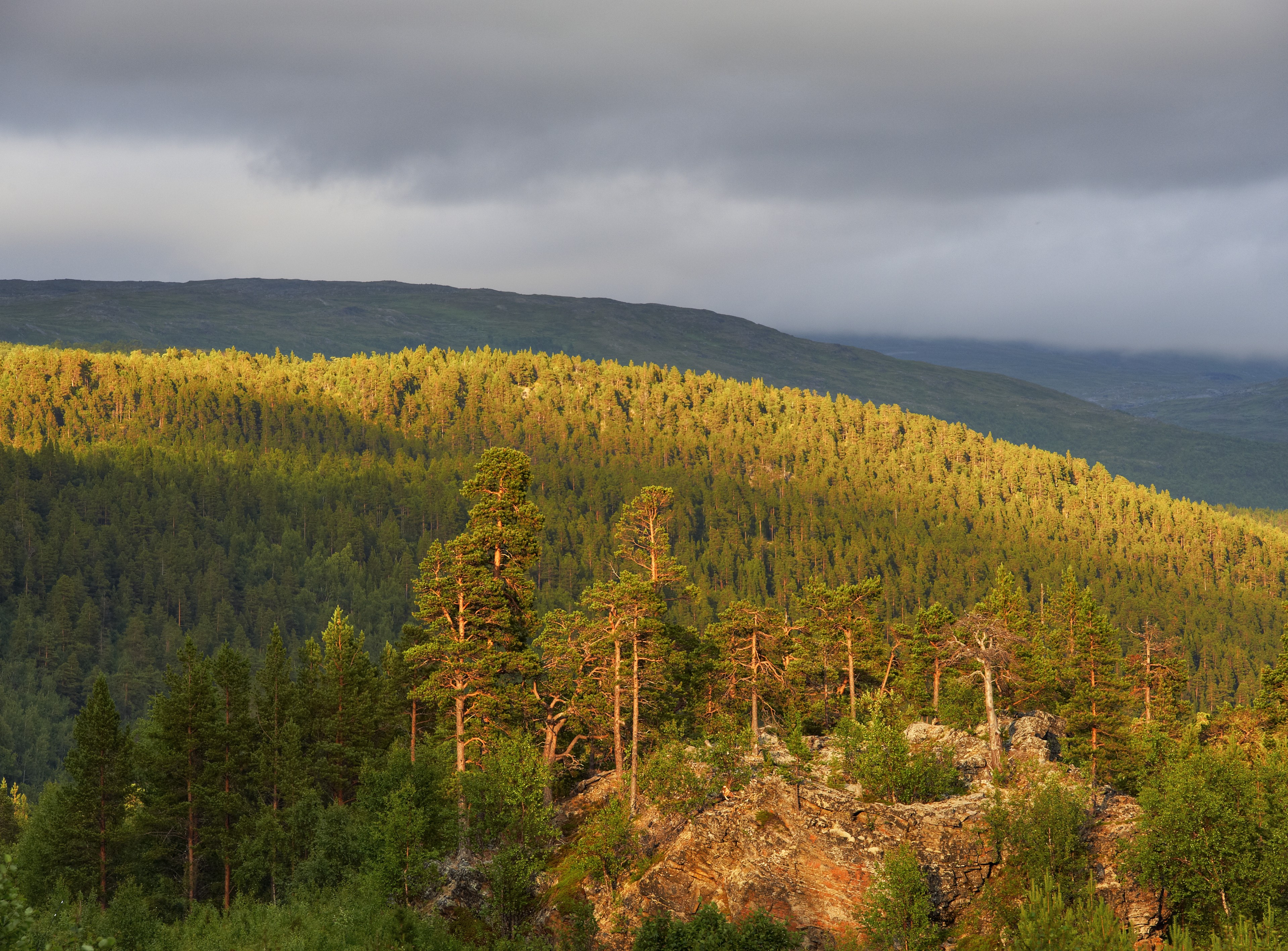
Background of the project
Research shows an excess of annual forest growth compared to annual harvesting especially in the Finnish, Swedish and Norwegian parts of the Nordic region. Nonetheless, the currently employed practices and technologies in the building industry demonstrate that there are even more opportunities to use wood in multistory/tall buildings. The extra potential of using wood is not adopted significantly. There is a substantial need to prevent wood to be wasted and to be used effectively where it can environmentally and economically contribute the higher value. Therefore, the main goal of this project is to increase the usage of wood in multistory/tall buildings solely or in a combination and/or hybrid way with other materials like concrete and steel particularly in structural elements.
Objectives
TallWood will develop innovative solutions on how to use wooden hybrid elements in multistory/ tall buildings. It will also explore and remove key barriers of the additional use of wood in construction. Furthermore, TallWood will develop optimal cost-effective wooden hybrid solutions.
Expected results
TallWood will raise awareness in the region of utilizing wood as one of the main elements of multistory/tall buildings, especially wooden hybrid buildings. The SMEs such as producers and subcontractors of wooden structural components will receive required knowledge of the key barriers as well as modern and innovative solutions for their design and production processes. House factories and contractors will be more aware of the wooden component utilization and will obtain optimal cost-effective wooden hybrid solutions. The project will also promote the views of the public and the users about the environmental and the health impacts on living in multistory wooden/hybrid buildings. Furthermore, by disseminating of the project aim and activities, TallWood will not only facilitate collaboration and knowledge exchange between the countries but also increase business opportunities for the SMEs in the program area and other EU region.
Impacts
- A substantial knowledge transfer between the participating countries is established.
- Knowledge of using design and planning tools in wood construction and management is increased, thus enabling higher quality and shorter project terms.
- More compatible methods and systems help harmonizing building regulations between the countries and vice versa.
- Cross-border business in building industry and public sector services is increased by the higher interoperability of the information systems of different actors, thus resulting in more efficient use of Northern resources and more competition in the European building construction market.
- The increased use of wood resulting in cost-efficient wood/hybrid buildings.
- CO2 emissions will be reduced.
- Energy efficiency and environmental issues will be improved.
- Knowledge of the public sector, supervision of buildings and other actors for planning multistory/tall wood hybrid buildings will increase.




